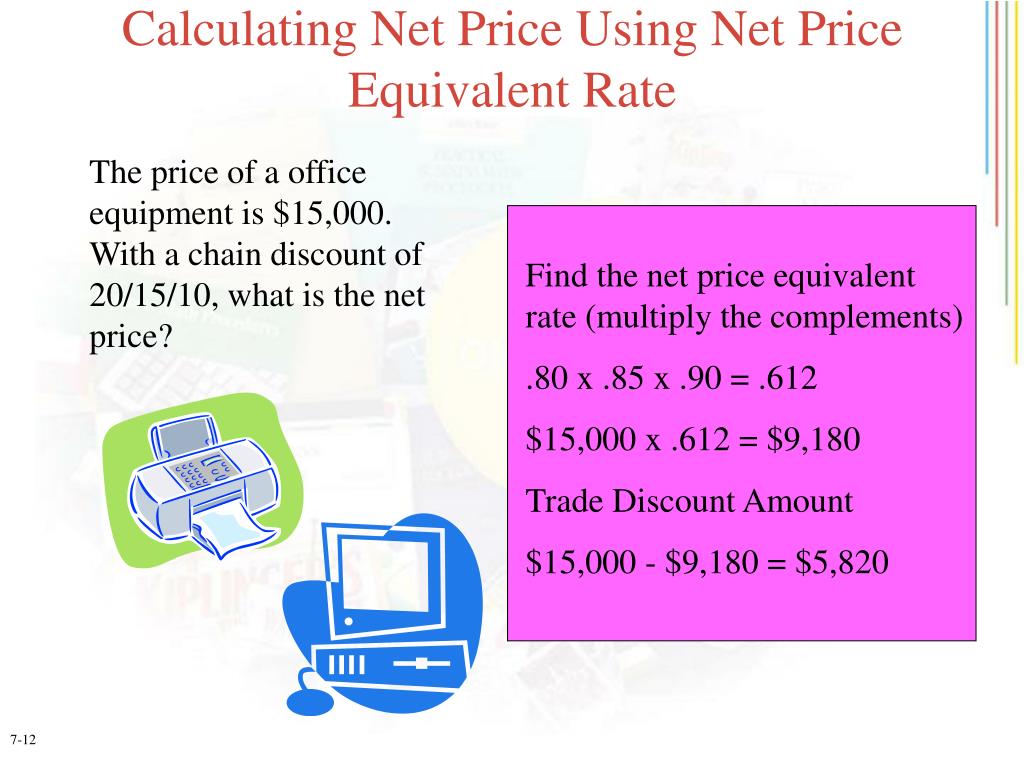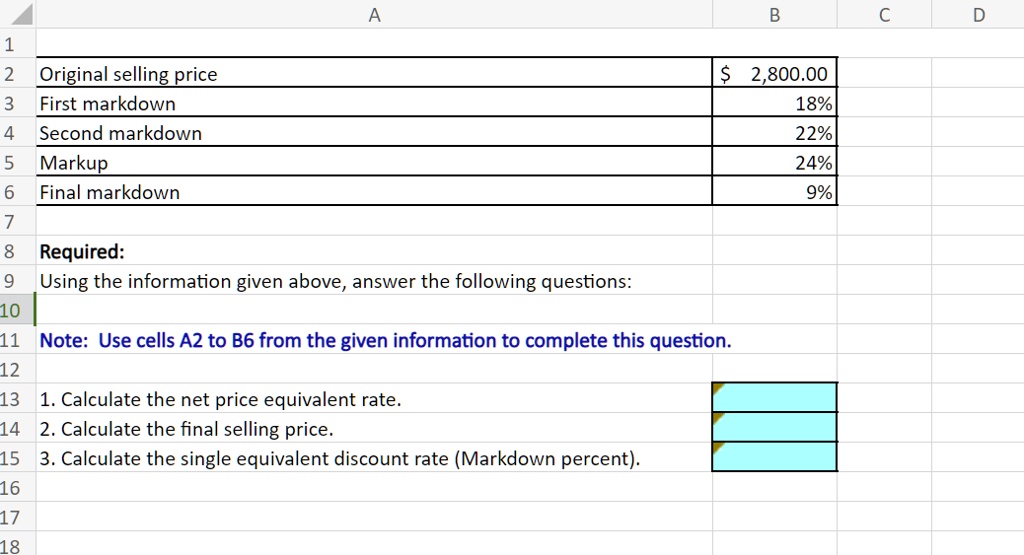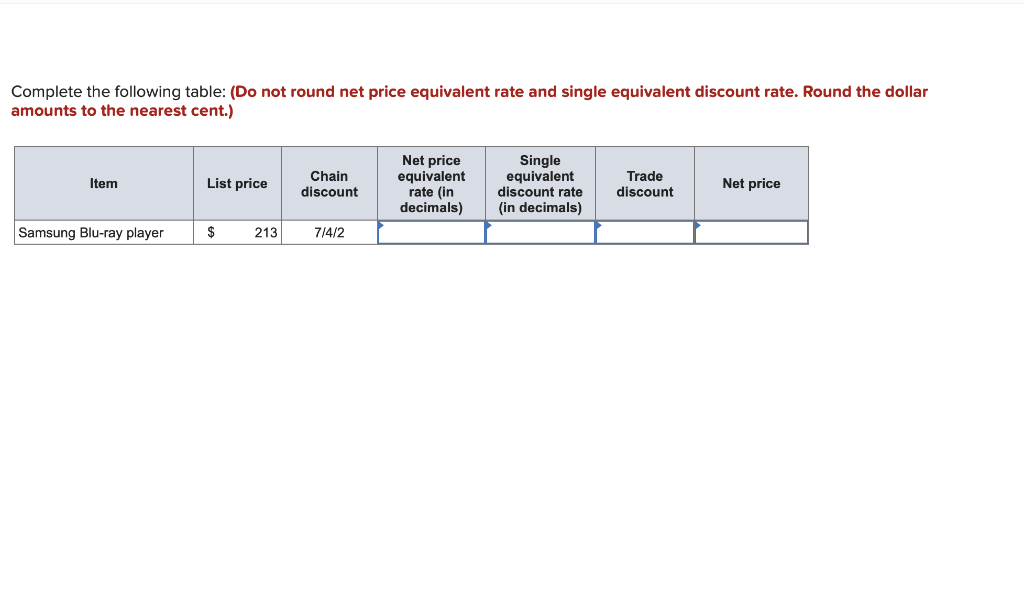The Net Price Equivalent Rate Of 9 15 18 Is

A perplexing figure – 9.15.18 – is reverberating across the higher education landscape, sparking debate and demanding clarification. This numeric sequence, when interpreted as a Net Price Equivalent Rate (NPER), reveals stark realities about college affordability, particularly for low- and middle-income students.
The implications are far-reaching, impacting enrollment trends, student debt burdens, and the overall accessibility of higher education. Understanding the significance of this rate and its drivers is crucial for students, families, and policymakers alike.
Decoding the Net Price Equivalent Rate (NPER)
The Net Price Equivalent Rate (NPER), in this context 9.15.18, represents the percentage of a college’s published sticker price that a typical student actually pays after accounting for grants and scholarships. In simpler terms, it helps understand the "real" cost of attending a particular institution.
A lower NPER indicates greater affordability, as it signifies a larger proportion of students receiving financial aid. Conversely, a higher NPER suggests that students are bearing a larger portion of the total cost.
9.15.18: A Closer Look
The specific rate of 9.15.18 raises serious questions. Experts are scrambling to understand which institutions or types of institutions exhibit this rate and what factors contribute to it.
Is it indicative of a broad trend across certain sectors of higher education, or is it an anomaly specific to a limited number of colleges?
Furthermore, the calculation and interpretation of NPER data can be complex and vary among institutions, leading to potential discrepancies and misunderstandings.
Factors Influencing the NPER
Several factors can influence the NPER, including the institution's endowment size, its commitment to need-based aid, and the demographic makeup of its student body. Wealthier institutions with larger endowments are typically better positioned to offer generous financial aid packages, resulting in lower NPERs.
Public institutions, often facing state funding constraints, may have higher NPERs compared to their private counterparts. Furthermore, institutions with a higher proportion of low-income students may exhibit lower NPERs due to increased eligibility for need-based aid.
The availability of federal and state grant programs also plays a significant role in determining a student's net price and, consequently, the overall NPER of an institution.
Impact on Student Access and Affordability
A high NPER, like the 9.15.18 figure, can significantly hinder student access to higher education, particularly for students from disadvantaged backgrounds. The perceived high cost of attendance can deter students from even applying to certain institutions.
This can perpetuate cycles of inequality, limiting opportunities for social mobility and economic advancement. Furthermore, students who do attend colleges with high NPERs may be forced to take on substantial student loan debt.
"The rising cost of college is a national crisis," said Dr. Emily Carter, a higher education policy expert at the Brookings Institution. "We need to ensure that all students, regardless of their socioeconomic background, have access to affordable and high-quality education."
Perspectives and Criticisms
Some argue that focusing solely on the NPER can be misleading, as it doesn't capture the full range of factors influencing a student's financial situation. They contend that other metrics, such as the return on investment (ROI) of a college degree, should also be considered.
Others criticize the transparency and standardization of NPER data, arguing that institutions should be required to report this information in a more consistent and accessible manner. Concerns have also been raised about the accuracy and reliability of the data reported by some institutions.
Some argue that the focus should be shifted to controlling the underlying cost of higher education, rather than solely relying on financial aid to make college more affordable.
Potential Solutions and Policy Recommendations
Addressing the challenges posed by high NPERs requires a multi-faceted approach. Policymakers, institutions, and other stakeholders must work collaboratively to implement effective solutions.
Potential solutions include increasing federal and state funding for need-based aid, streamlining the financial aid application process, and promoting greater transparency in college pricing. Institutions should also explore innovative strategies to reduce costs and improve efficiency.
Furthermore, expanding access to early college programs and vocational training can provide alternative pathways to career success, reducing the reliance on traditional four-year degrees.
The Road Ahead
The 9.15.18 Net Price Equivalent Rate serves as a stark reminder of the ongoing challenges facing higher education affordability. While the exact context of this specific rate requires further investigation, it underscores the urgent need for action.
Moving forward, it is crucial to prioritize policies and initiatives that promote equitable access to higher education and ensure that all students have the opportunity to pursue their dreams, regardless of their financial circumstances. The future of our nation depends on it.
The debate surrounding the 9.15.18 NPER highlights the critical need for ongoing dialogue and collaboration to create a more affordable and accessible higher education system for all.













